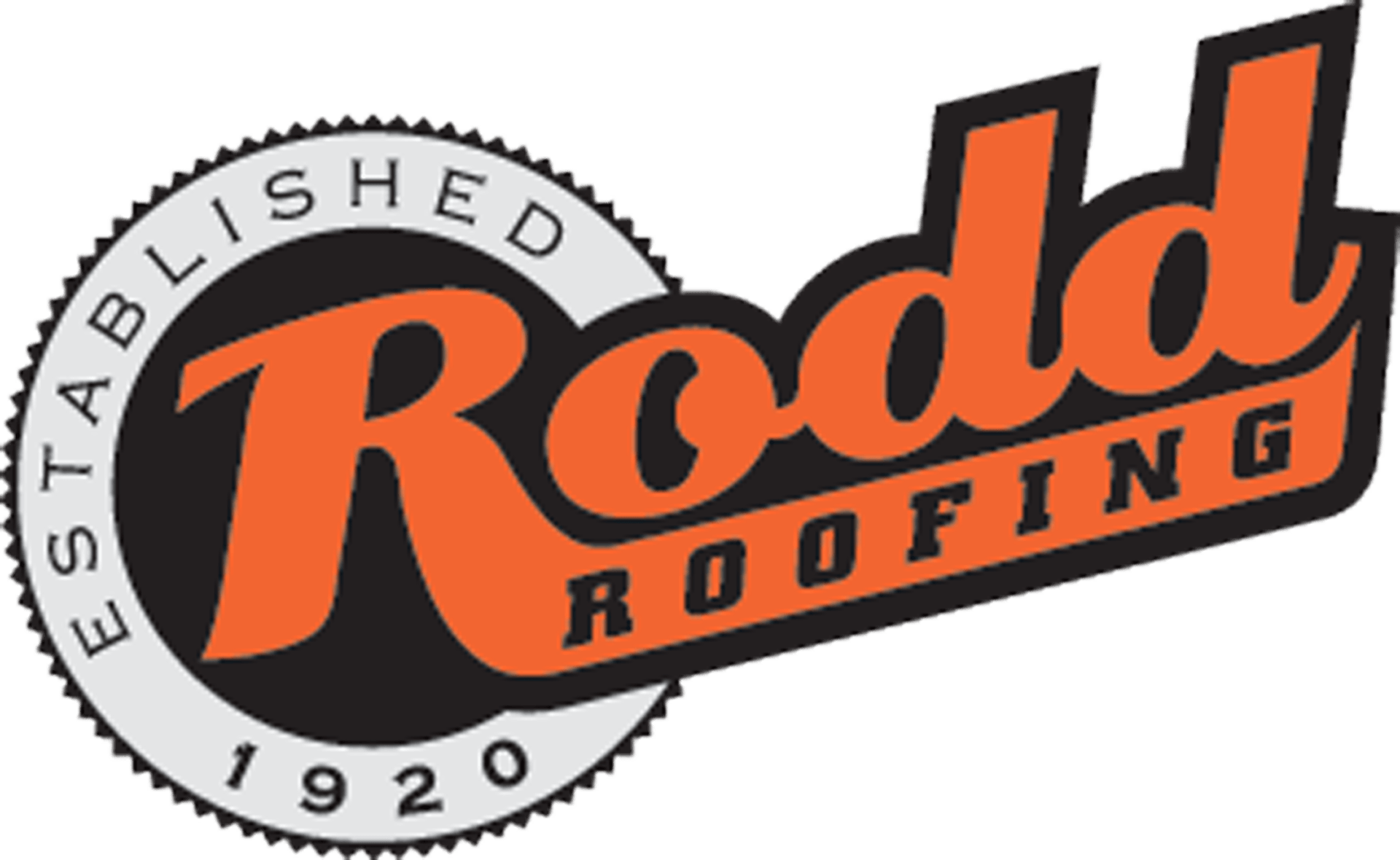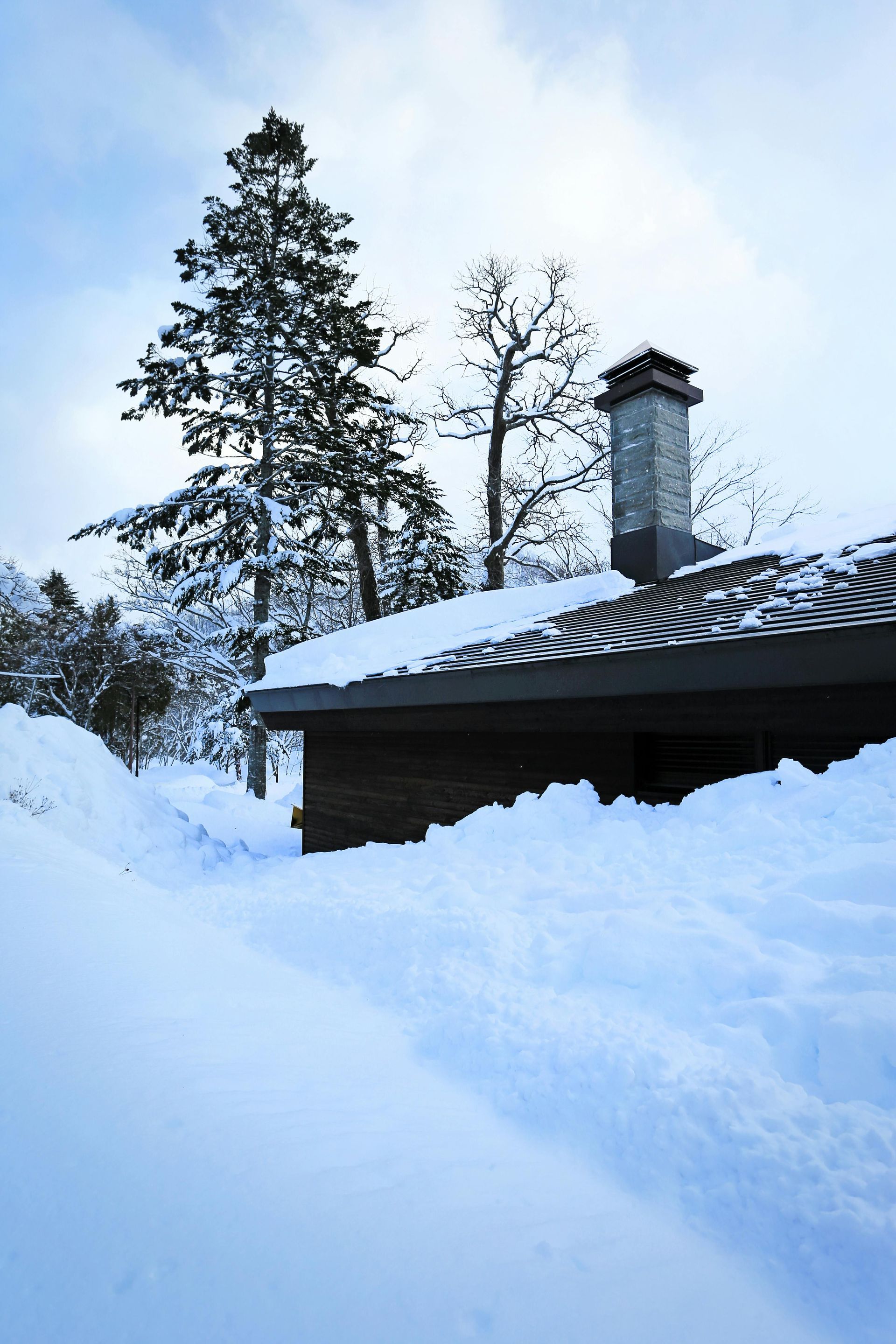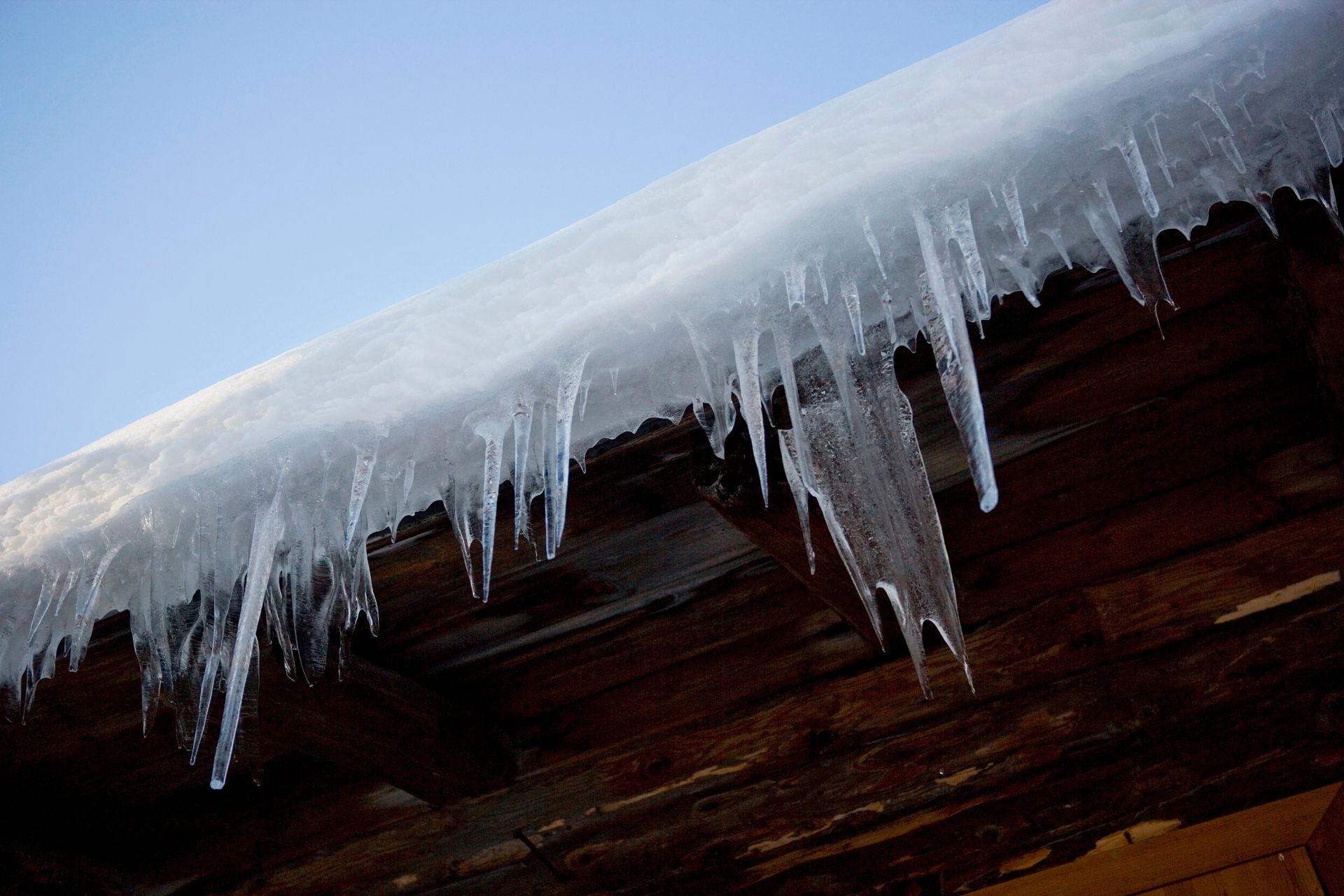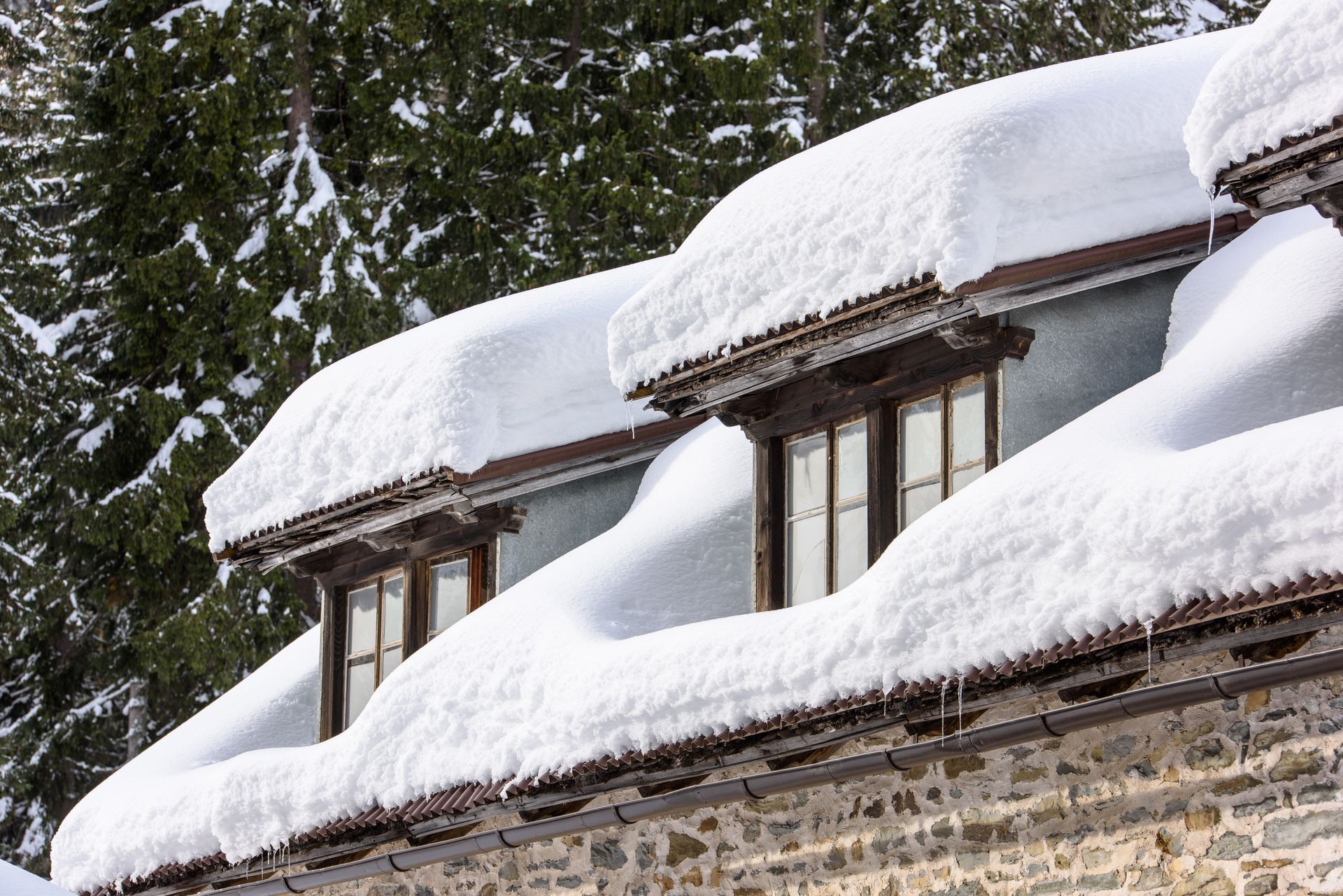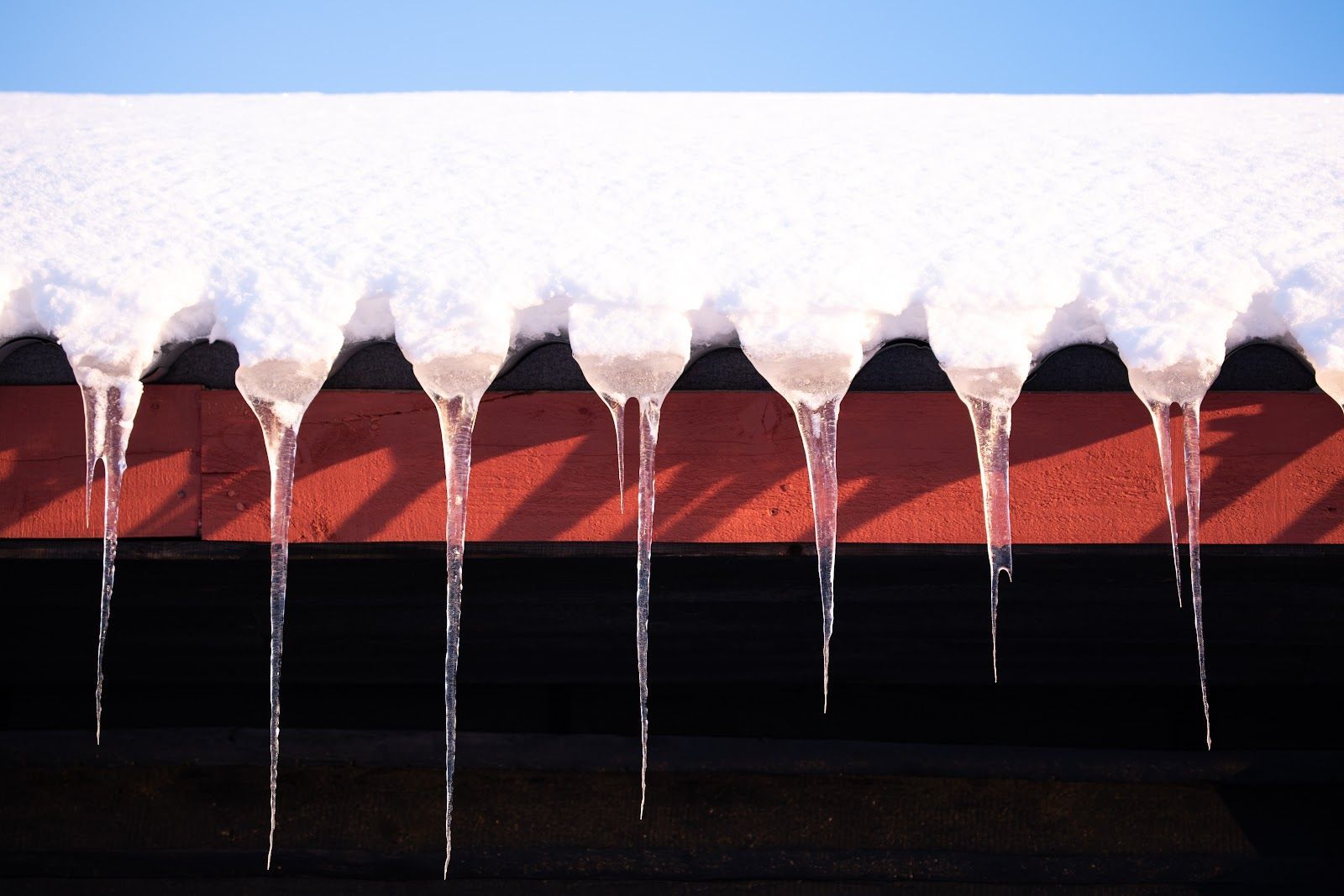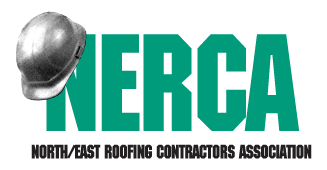How Old Is Your Roof? A Look at the History of Roofing Materials

Roofing Through the Ages:
How Materials Have Evolved and What It Means for Your Building
Have you ever looked up at your roof and wondered how long it’s been there—or what it’s even made of? Most homeowners know when their roof was last replaced, but few think about the materials protecting their buidling and how they’ve evolved. From ancient thatch to modern shingles, roofing materials have come a long way.
Let’s take a quick trip through roofing history and see how it compares to what’s over your head today.
Ancient Roofs: Thatch, Clay, & Wood
The earliest roofs were all about using what was nearby. In many parts of the world, that meant thatch roofs, made from dried grasses or reeds. Thatch might not sound durable, but when layered correctly, it shed water surprisingly well and provided great insulation.
Meanwhile, in hotter regions, people turned to clay tiles. Archaeologists have found clay roofs dating back to ancient China and Greece. These tiles were heavy, but they lasted for decades and stood up to intense sun and rain.
In more forested areas, wood shingles became the go-to. Hand-split from logs, these early wooden shingles were naturally water-resistant, especially when made from cedar or redwood.
The Rise of Modern Roofing: Slate & Asphalt
Fast forward to the 19th century, and slate roofing became popular, especially in the northeastern United States. Slate was incredibly durable—some slate roofs from the 1800s are still intact today! But it was heavy and expensive, making it less practical for many homeowners.
That’s where asphalt shingles entered the scene. First introduced in the early 1900s, asphalt quickly became the roofing material of choice. It was lightweight, affordable, and easy to install. Asphalt shingles could also be made in different colors and styles, allowing homeowners to match their roof to their home’s aesthetic.
Today, asphalt shingles remain the most common roofing material in America. They typically last 20 to 30 years, depending on weather conditions and maintenance.
Modern Innovations: Metal, Solar, & Eco-friendly Options
Roofing technology didn’t stop with asphalt. In recent decades, homeowners have gained even more options:
- Metal roofing: Once reserved for barns and industrial buildings, metal roofs are now a stylish and energy-efficient choice for homes. They can last 40 to 70 years and reflect heat, keeping homes cooler in summer.
- Solar shingles: Why not turn your roof into a power source? Solar shingles blend seamlessly with traditional roofing while generating electricity for your home.
- Eco-friendly materials: From recycled rubber to green roofs covered in plants, sustainable roofing options are on the rise for environmentally conscious homeowners.
How Old is Too Old?
If your roof is pushing 20 years—or if you’re not sure when it was last replaced—it might be time for an inspection. Even the best materials wear down over time, and catching issues early can save you from costly repairs.
No matter how old your roof is, knowing what it's made of can help you plan for the future. Whether you’re sticking with classic asphalt or considering a modern upgrade, the right roof keeps your building safe, comfortable, and looking its best.
Need a professional opinion? We’d be happy to take a look and help you decide what’s next for your roof.
